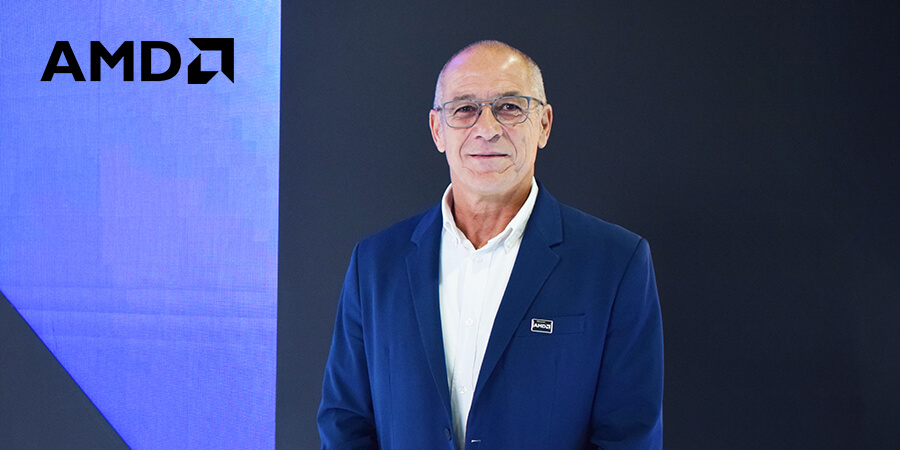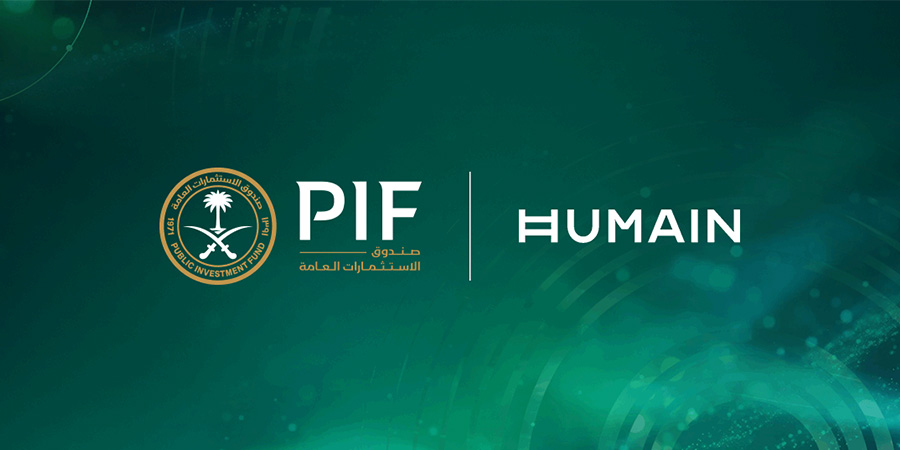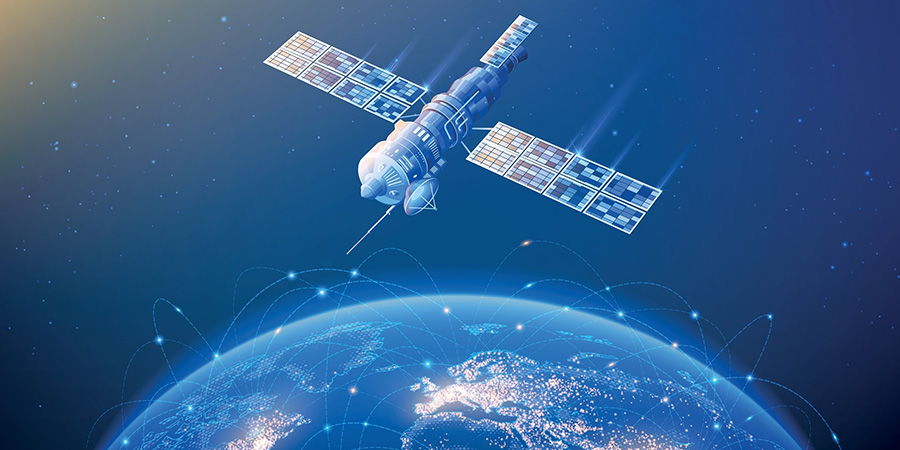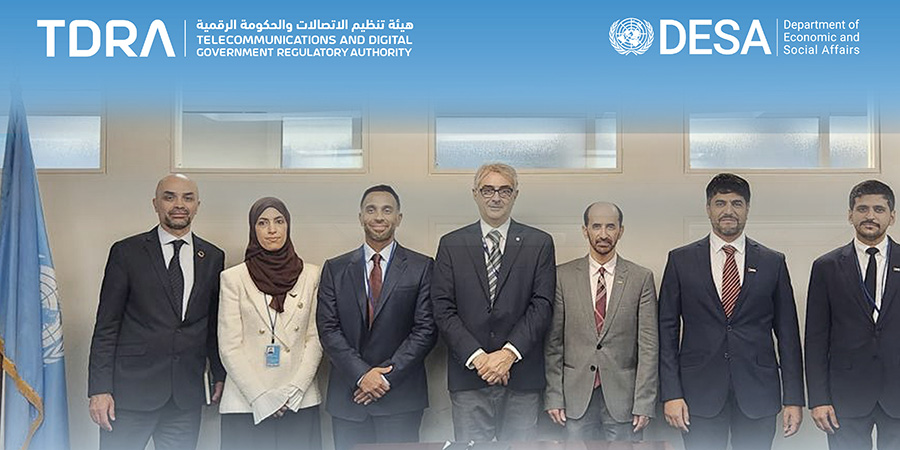By Gilles Garcia, Senior Director, Wired and Wireless Group, AMD
The Middle East region is experiencing significant digital growth, with some estimates suggesting the digital economy in the region will experience 4x growth based on 2022 levels. Major economies such as Saudi Arabia and the UAE have set out ambitious digital transformation strategies as they seek to transform industry, public services and infrastructure. Sectors like education, oil and gas, aviation, financial services, healthcare and the public sector are all set for rapid digitization, increasing demand for high-speed connectivity and accelerated computing capabilities at the edge. All this points towards a regional evolution of telecoms infrastructure, leveraging 5G vRAN technology to support the next generation of mobile customer experiences and the digital needs of local enterprises.
Aligned with the ambition to rapidly scale up digital infrastructure is an active recognition of the need for sustainable growth. Any digital initiative, whether in the public or private sector, must deliver return on investment and pass rigorous cost-benefit analysis. Beyond financial cost, policymakers, business leaders, and investors have a keen eye on the environmental impact of any such project. With COP 28 being held in the UAE for the first time in 2023, the ability to develop “greener” products and infrastructure will prove advantageous in the short and long term. So, with the appetite for digital services increasing exponentially and organizations looking to supply this demand in a way that is both cost-effective and addresses broader sustainability goals, power efficiency has become a pivotal factor for decision-makers. This is especially true for communications service providers (CSPs) rolling out 5G via traditional, virtual or open RAN.
5G RAN is disaggregated, which means that the traditional baseband unit (BBU) is decomposed and split into a DU (Distributed Unit) and a CU (Central Unit) and connected to a RU (Radio Unit). The various parts of the 5G infrastructure therefore fulfill quite different functions. Multiple RU configurations take place at the cell site, with various degrees of complexity and a large variety of spectrum bands with diverse high-capacity requirements. Meanwhile, the DU carries out a diverse range of fronthaul computing tasks and establishes the connection with the RUs and the DUs. The CU provides support for the higher layers of the protocol stack, such as Service Data Application Protocol (SDAP), Packet Data Convergence Protocol (PDCP) and Radio Resource Control (RRC). Finally, the 5G core is where the heavier data processing workloads take place: enabled containerization and orchestration tools.
However different each layer of the 5G stack is in terms of its function and compute requirements, there is one underlying challenge that unites them: operating energy efficiently while adopting architectural innovation and cost savings. Regardless of whether the compute requirements of the hardware are best served by CPUs, FPGAs, or network acceleration devices, the need for efficient power use is acute. Given the complexity and scale of 5G RAN, even marginal reductions in power consumption can add up to significant cost savings and reduce related environmental impact. At AMD, we are supporting our wired and wireless customers with a comprehensive portfolio that covers a full suite of RAN architectures.
Since acquiring Xilinx and its leading portfolio of adaptive SoCs and FPGAs in February 2022, AMD has created an end-to-end solutions portfolio for traditional, virtual and open RAN. This has been further enhanced throughout 2023. The addition of two new AMD Zynq™ UltraScale+™ RFSoC devices at the start of the year enabled the expansion and deployment of 4G/5G radios into global markets where lower cost, power and spectrum-efficient radios are required to address increased wireless connectivity. Furthermore, the more recent introduction of the AMD 4th Gen EPYC 8004 (“Siena”) processors — a highly energy efficient CPU for single-socket platforms — ideal for space- and power-constrained deployments often found across telco infrastructure and at the network edge. For heavier workloads and data aggregation — offloaded to the data center to free up capacity at the edge — the AMD 4th Gen EPYC (“Genoa”) general-purpose CPUs are part of the larger EPYC family that power the world’s most energy efficient servers and can help telcos reduce cost and energy consumption and save physical space.
The AMD 5G RAN portfolio is specifically designed to meet the unabated demand for agile, cost-efficient, and intelligent RAN parts and components that address current and future wireless infrastructure requirements. AMD Radio devices, accelerators and processors address a wide range of use cases, including coverage and capacity across all frequency bands for indoor and outdoor scenarios for public and private networks in both urban and rural environments. Finally, tackling power efficiencies is a huge priority for organizations across multiple industries, and in telco, the challenge is particularly prevalent. In the Middle East, more specifically, as global and regional operators and wired and wireless equipment manufacturers scale out the 5G infrastructure that will support regional digitization, maintaining a tight grip on power consumption levels is a key priority. This can in turn lower TCO (total cost of ownership) and help protect profit margins, as well as translate to digital infrastructure not being built at the expense of corporate sustainability objectives.







